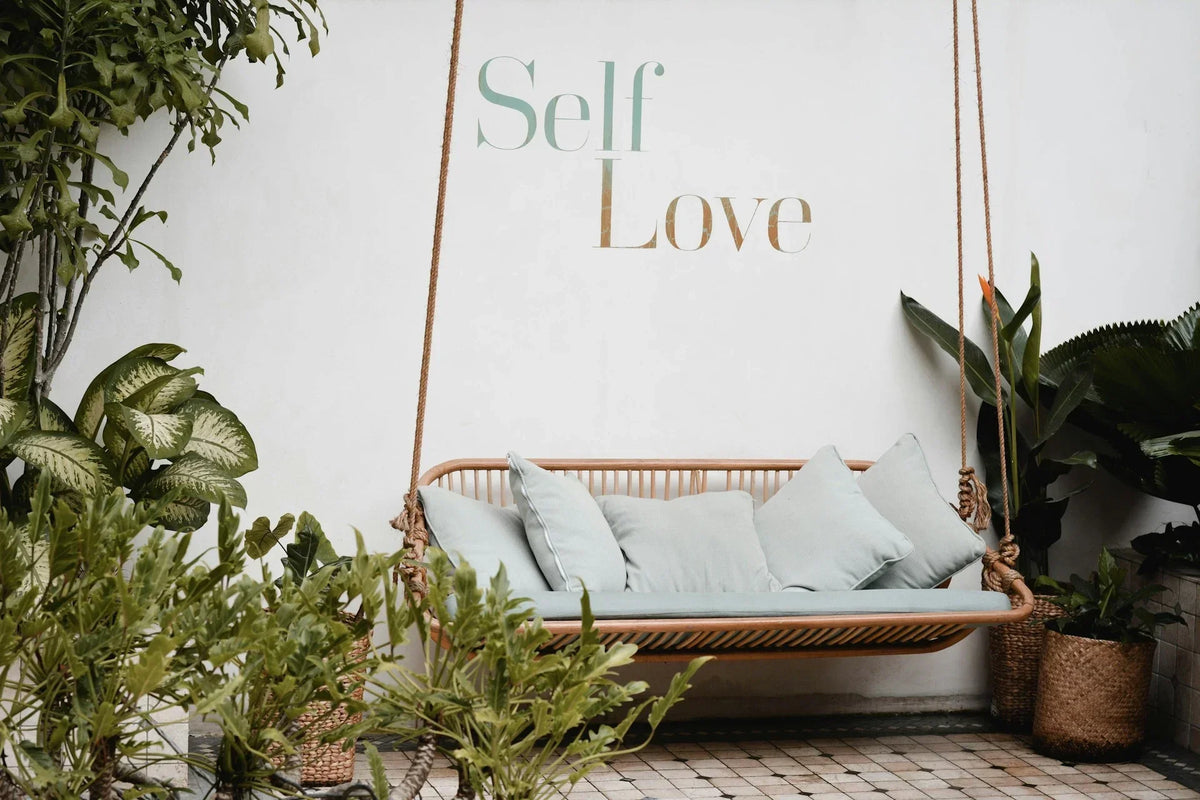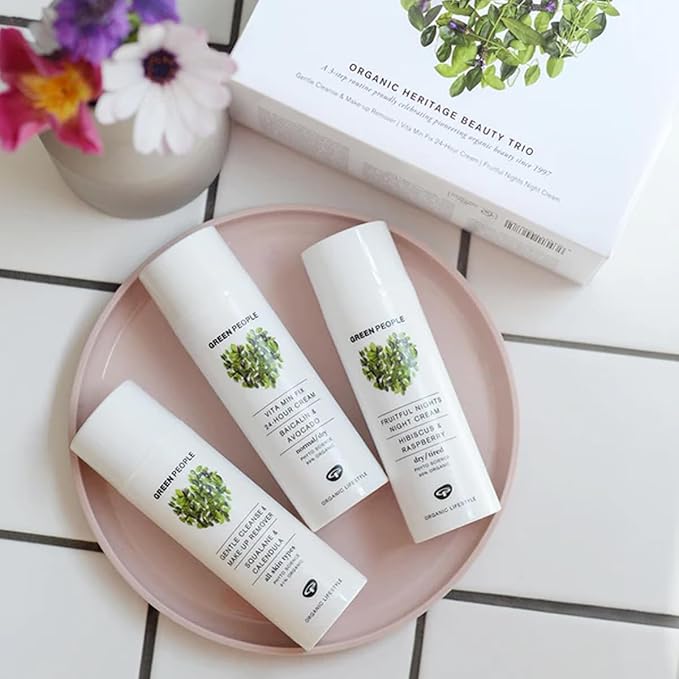Choosing eco‑friendly renovation partners starts with asking the right questions. First and foremost, “Which materials will you use?” - look for sustainably sourced or recycled options like composite decking made from reclaimed plastics. “Can you preserve existing greenery?” Smart designers can build around trees and shrubs instead of removing them. Don’t forget to ask, “How will you handle waste disposal?” - green contractors prioritise recycling and proper disposal. Also, check for certifications or eco‑renovation experience - portfolios and green building credentials show genuine commitment. Finally, “What’s your plan and timeline?” – a clear strategy gives you oversight and confidence your project stays green from start to finish. Asking these helps ensure your renovation protects nature, reduces waste, and promotes sustainable living-just what EcoBlog champions for eco‑aware homeowners.
Share your articles with us and get published! Reach out at hello@friendlyturtle.com.
Transform Your Home Into a Wellness Sanctuary: Sustainable Self-Care Practices

The quest for personal well-being often begins at home. More than just a place to unwind, your home can become a sanctuary of wellness—a space that nurtures both body and mind, offering a retreat from life’s daily pressures. By embracing sustainable self-care practices, you can transform your living space into a haven that promotes health, relaxation, and an eco-conscious lifestyle. These practices not only enhance your personal well-being but also demonstrate a commitment to sustainability, showing how thoughtful changes can benefit both you and the environment.
This guide explores practical ways to achieve this transformation, providing ideas to align your home with wellness goals while remaining eco-friendly. It also highlights the role of innovative tools like water chillers for ice baths, which help create a sustainable wellness oasis. By making intentional, impactful choices, you can establish a home environment that truly supports your journey toward a healthier, more balanced life.
Decluttering and Organizing Your Space
A clutter-free home is the foundation of any wellness sanctuary. Decluttering not only frees up physical space but also has a profound impact on mental clarity and emotional balance. Start by sorting through belongings and letting go of items that no longer serve a purpose. Consider donating or recycling to ensure your efforts align with sustainable practices.
For storage solutions, opt for eco-friendly materials. Baskets made from recycled fibers or bamboo boxes are excellent choices. These alternatives are durable, stylish, and kinder to the planet. Once your space is organized, you’ll notice how much easier it is to breathe, think, and simply be. Decluttering creates an inviting environment, setting the stage for deeper self-care routines.
Enhancing Wellness with Sustainable Self-Care Spaces
Designing a dedicated wellness area is a powerful way to prioritize self-care. Whether it’s a cozy nook for meditation, a corner for yoga, or a small home gym, this space should reflect calmness and purpose. Make it yours with sustainable decor—think organic cotton rugs, recycled mats, and secondhand furniture.
Water-based therapies, such as ice baths, are gaining popularity for their physical and mental health benefits. Incorporating an ice bath setup into your wellness space can elevate your routine. The key to making this practice sustainable is having an effective water chiller for ice bath systems. These devices maintain the optimal temperature for ice baths, ensuring a consistent and refreshing experience without excessive water waste. Beyond supporting muscle recovery and reducing inflammation, ice baths are known to promote relaxation, making them an essential part of any modern wellness sanctuary.
Incorporating Nature Into Your Sanctuary
Nature is a profound healer, and bringing its elements indoors can transform your home into a true sanctuary. Start by adding plants to your space. Not only do they purify the air, but they also reduce stress and create a visually calming atmosphere. Low-maintenance options like snake plants, pothos, or peace lilies are perfect even for beginners.
Use natural materials such as wood and stone to create a soothing ambiance. Bamboo blinds, reclaimed wood furniture, and stone accents can make your space feel closer to nature. To take things a step further, consider adding a small water feature or a designated area for water therapy. This could be as simple as an ice bath setup. Pair it with a water chiller to ensure a sustainable and efficient solution that aligns with your eco-conscious goals.
Sustainable Self-Care Rituals at Home
Self-care rituals don’t have to come at the planet’s expense. Start with eco-friendly skincare by crafting your own natural masks and scrubs. Ingredients like oats, honey, and coconut oil are both effective and sustainable. Replace disposable wipes with reusable cloths to minimize waste.
Cold therapy, particularly ice baths, has become a cornerstone of modern wellness routines. It’s no longer just for athletes; anyone can benefit from its ability to reduce stress, improve circulation, and enhance overall well-being. Using a water chiller ensures that your ice bath remains at an ideal temperature while conserving water and energy. This efficient tool allows you to enjoy the benefits of cold therapy without the environmental guilt, making it a smart addition to your self-care toolkit.
Designing a Relaxation Corner with Wellness Technology
Technology can enhance your wellness experience when chosen wisely. LED lamps that mimic natural sunlight, solar-powered diffusers, and air purifiers are excellent choices for creating a relaxation corner. These gadgets promote well-being while reducing energy consumption.
For those integrating cold therapy into their routines, a relaxation corner could include a dedicated space for an ice bath. An energy-efficient water chiller not only optimizes the experience but also aligns with your commitment to sustainability. This innovation bridges the gap between traditional self-care methods and modern eco-friendly practices, providing dual benefits for your body and the environment.
Food and Drink for Holistic Well-Being
Wellness isn’t just about what you do; it’s also about what you consume. Cultivating a small herb or vegetable garden is a simple yet impactful way to embrace sustainability while improving your diet. Fresh ingredients not only taste better but also reduce your reliance on store-bought produce wrapped in plastic.
Mindful eating can be further enhanced with reusable utensils, eco-friendly plates, and bamboo straws. Staying hydrated is crucial for overall health, especially after activities like ice baths. Herbal teas, infused water, or electrolyte drinks are great options to replenish your body and complement your wellness routine.
Long-Term Commitment to Sustainable Wellness
Sustainable self-care is not a one-time effort—it’s a lifestyle. To maintain your wellness sanctuary, regularly reassess your tools and practices. For example, upgrading to efficient devices like a water chiller for ice baths ensures you’re staying true to your eco-friendly values while enjoying the benefits of modern technology.
Stay informed about new sustainable products and practices. Joining online communities or subscribing to wellness and sustainability blogs can keep you inspired and motivated. By continually aligning your home and routines with sustainable principles, you create a long-term sanctuary that nurtures both your well-being and the planet.
Conclusion
Transforming your home into a wellness sanctuary is a journey that benefits not just you but also the environment. Through decluttering, sustainable decor, nature-inspired elements, and innovative tools like water chillers for ice baths, you can create a space that supports both relaxation and eco-conscious living.
The impact of these changes extends beyond your home, influencing your mindset, productivity, and overall health. Begin your transformation today, and discover how sustainable self-care practices can elevate your wellness journey to new heights.
0 comments
Let customers speak for us
Blog posts
Decorating your home should be as thoughtful as it is stylish. With more people embracing sustainability, your walls can now reflect both personal flair and eco-conscious values. From modern prints crafted with recycled materials to dried flower frames that bring the outdoors in, sustainable wall décor blends beauty with responsibility. Reclaimed wood art adds warmth and character, while vintage mirrors and upcycled fabric hangings offer charm with minimal environmental impact. Even your choice of paint matters - low-VOC, natural pigments ensure a healthier home. Each small choice adds up. With these six timeless eco-friendly wall ideas, you can create a space that’s not only aesthetically pleasing but also kind to the planet - proof that sustainability and good design truly go hand in hand.
Tulips offer more than seasonal beauty-they’re gentle well-being boosters. Their vibrant hues uplift mood, triggering serotonin and dopamine responses. Tulips also contribute to indoor air quality by reducing trace VOCs. Caring for them encourages mindfulness: changing water, trimming stems and arranging blooms bring calm, cortisol-lowering micro-breaks. Their evolving form-from bud to bloom-is a visual reminder of life’s transience, fostering emotional resilience. In healthcare and home settings alike, tulips support comfort, reducing anxiety and enhancing peace. This EcoBlog‑inspired guide shows how a simple vase of tulips can brighten your environment, promote health, and weave small daily moments of calm into your routine-beautifully merging style with subtle wellness benefits.



